How to Choose a Fridge
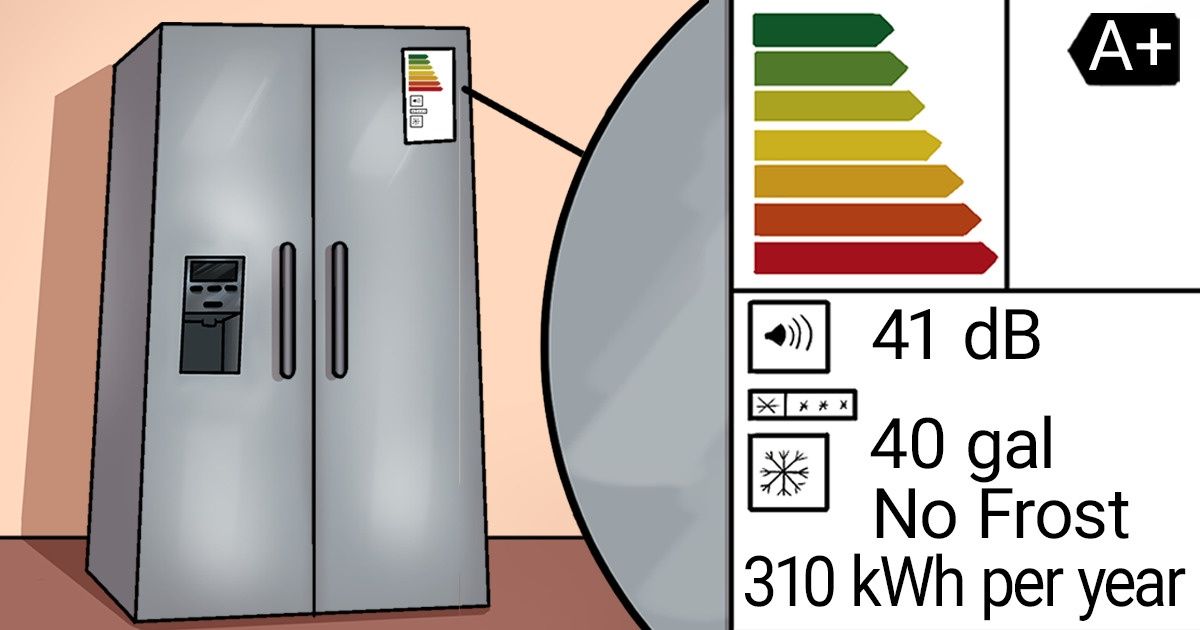
A fridge is a compulsory appliance in any home. And when it comes to getting a new one, there are lots of new technological advances and factors one should consider.
5-Minute Crafts offers you several basic parameters that a person should follow to get the most suitable fridge for their home.
Location
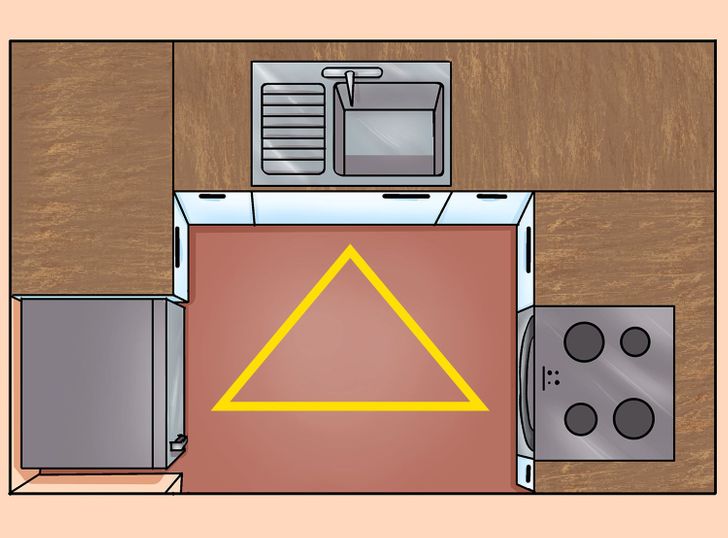
If you’re buying a fridge for a brand new, possibly renovated, kitchen, keep in mind the rule of the “kitchen work triangle” when choosing its future location. This is an imaginary triangle with a stove, a sink, and a refrigerator as its vertices. The distance between these objects will affect how convenient it will be for you to work in the kitchen. Each triangle’s side should be no less than 3.3 feet and no more than 6.5 feet.
Size
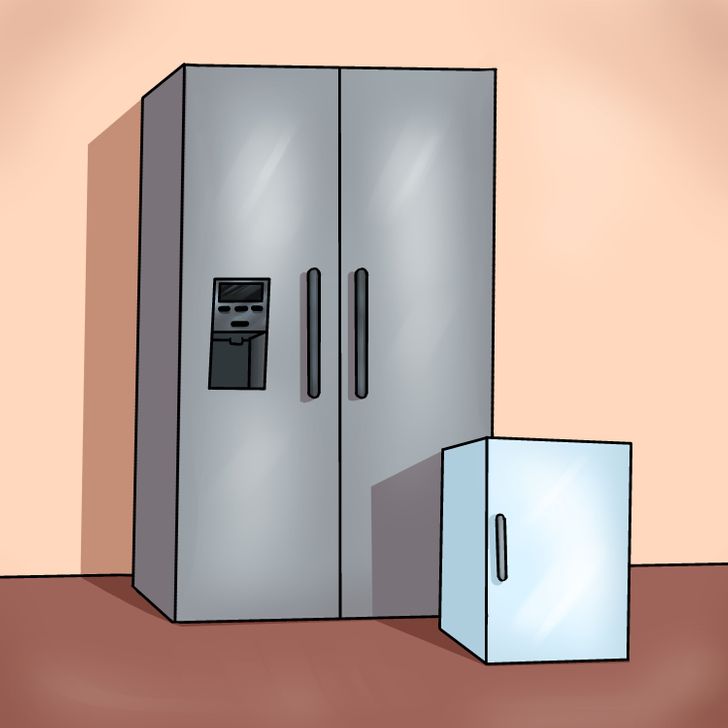
Find out what size of fridge you need. Measure the spot where your fridge will be located. Take into account that the distance between the condenser and the wall should be 1.2 inches to 2.4 inches and at least 0.8 inches to 1.2 inches between the sides of the fridge and the wall or the object standing next to it. Modern fridges can have the following sizes:
- Height: 17 inches — 85 inches
-
Width: 16 inches — 53 inches
-
Depth: 16.5 inches — 36.6 inches
The most popular depth is 24 inches, while the most common width of one-door models is 20 inches to 24 inches.
But outside parameters don’t always reflect the inner measurements of this appliance. The volume of the fridge can differ depending on the manufacturer, while the volume is the very parameter that gives you the necessary holding capacity. Pay attention to indicators such as:
- Overall volume: 7 gal to 216 gal
- The volume of the freezer: 1 gal to 81 gal
- Refrigerating chamber volume: 7 gal to 143 gal
The overall volume of an average-size fridge is usually 80 gal.
The number of compartments
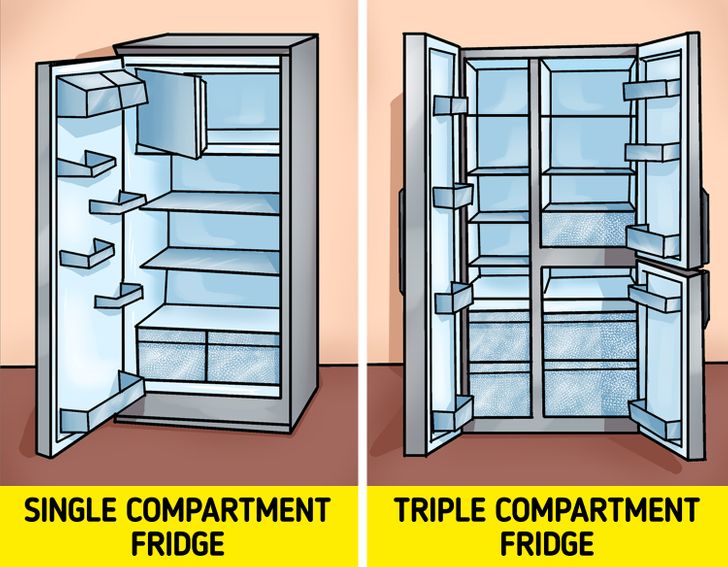
The compartment of a fridge is a space hidden behind one door. A fridge can have anywhere from 1 to 5 compartments. In single-compartment fridges, the freezer area is shared with the refrigerator area. In all other types, access to the freezer and refrigerator is separate and additional elements, such as a freshness zone, may be present.
Freezer
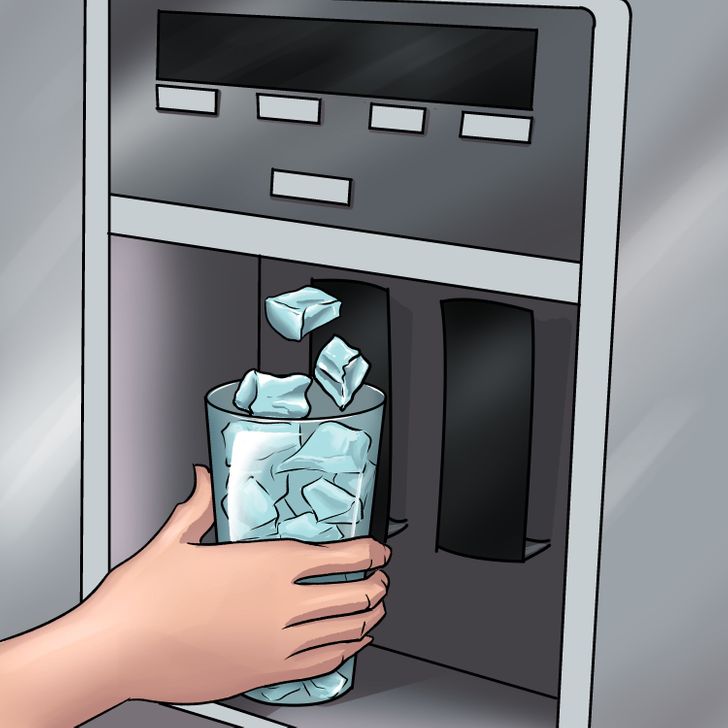
Opt for a freezer location that is comfortable for you. Options include freezers that are:
-
On top
-
On the bottom
-
Side by side
Side by side models usually have 2 doors, an ice-generator, and a tank with cool drinking water. Such refrigerators have a width of at least 32 inches and take up a lot of space in the kitchen.
Defrosting method
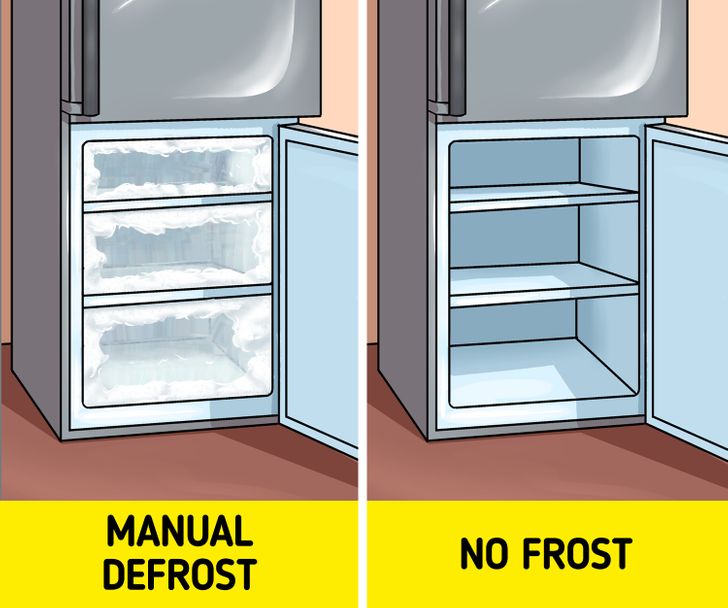
An important parameter to consider when buying a refrigerator is how to defrost the refrigerator and freezer compartments.
There are 3 methods:
- Manual defrost: The refrigerator is disconnected from the electricity, meaning ice and frost will melt under the influence of the heat.
- Drop system: When the collected ice melts, drops of water pour down in a special reservoir where the water evaporates. The drop system can only be in the refrigerator compartment. In this case, you will have to defrost the freezer manually.
- No frost: This is the modern system of automatic defrosting. It works the following way: the fan circulates air inside the fridge and the air and moisture are directed to the evaporator. At certain moments, the temperature of the evaporator rises, the accumulated ice melts, and the water flows into a special tank. Such fridges can be noisier due to the fan installed inside — their price is higher and they don’t require special defrosting.
The number of compressors
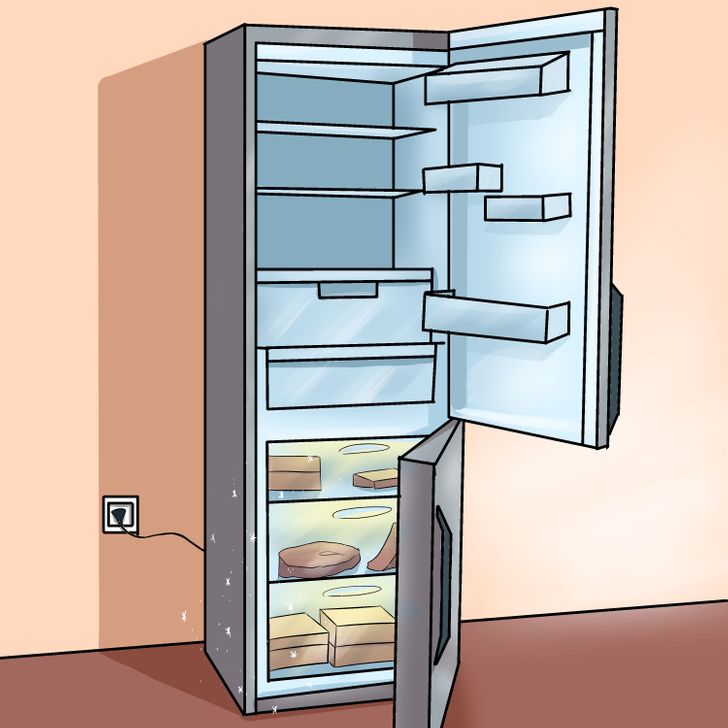
A compressor is a device that compresses and moves refrigerant vapors in a refrigerator. In other words, it helps to maintain a low temperature in the compartments. There are models with either 1 or 2 compressors. The second compressor helps freeze products faster and allows you to switch off the fridge but keep the freezer on when you’re leaving for a long time.
An inverter compressor uses modern technology to maintain a permanent temperature and noise levels. Compressors like these work non-stop. However, these inverted compressors can cost a lot and they’re more sensitive to voltage drops.
Energy class
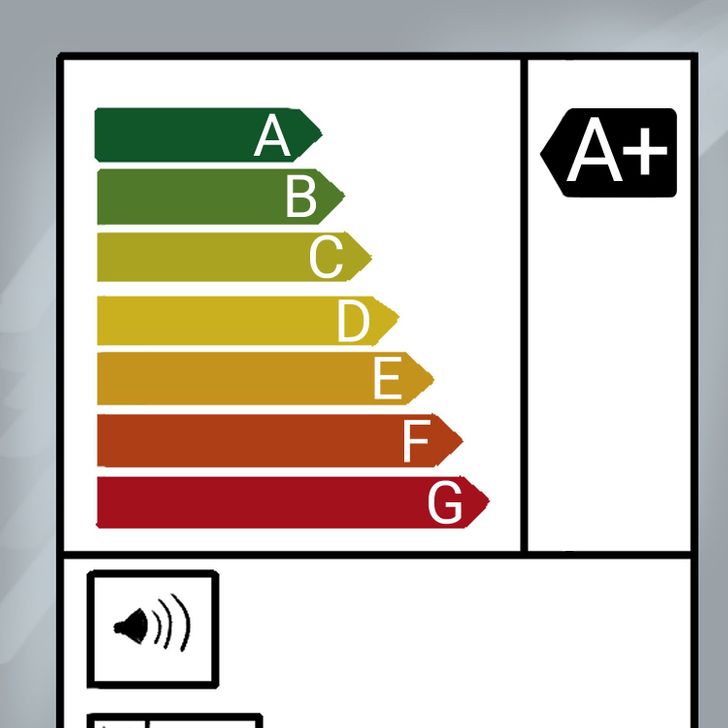
This characteristic shows how much energy your home appliance will consume. Modern fridges can have the following energy classes: A+++, A++, A+, A, B, and C. It’s important to note that A+++ is the most efficient.
Other parameters that are important to pay attention to
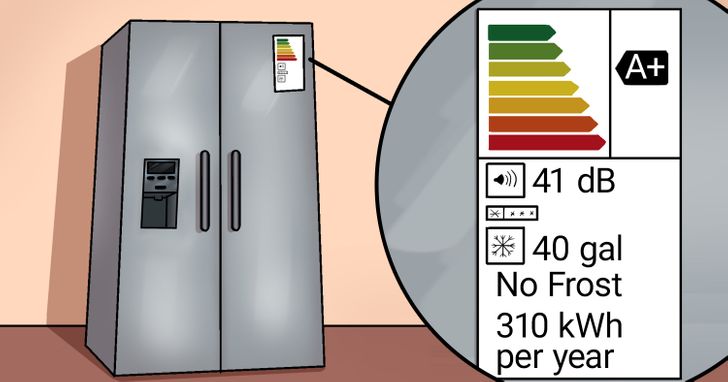
- The noise level: This may consist ranges from low — 25 dB to 34 dB to average — 35 dB to 44 dB. Let’s say the fridge you are going to buy has a 53 dB noise level. In order to understand whether the appliance will make much noise, read the buyer reviews prior to the purchase. Some refrigerators are quiet but they make harsh and unpleasant sounds.
- An ice-generator: It’s a built-in device for producing ice.
- The presence of a display
- Electronic or electromechanical control: With electromechanical control, the degree of cooling can be adjusted up or down; and with electronic control, you can set the exact temperature in the compartments.
- Protection from children: This function allows you to lock the doors and the refrigerator control panel.
- The freshness zone: This refers to the fridge’s ability to sustain high humidity in the compartment for vegetables and a lower temperature in the compartment for meat (about 32°F). You can usually adjust the temperature and humidity levels of these zones in many fridges.
- Super freezing: This is a function that allows you to quickly freeze large quantities of food at the same time.
- The possibility to reverse the refrigerator door: This option is necessary if the location of the fridge in your kitchen requires it.